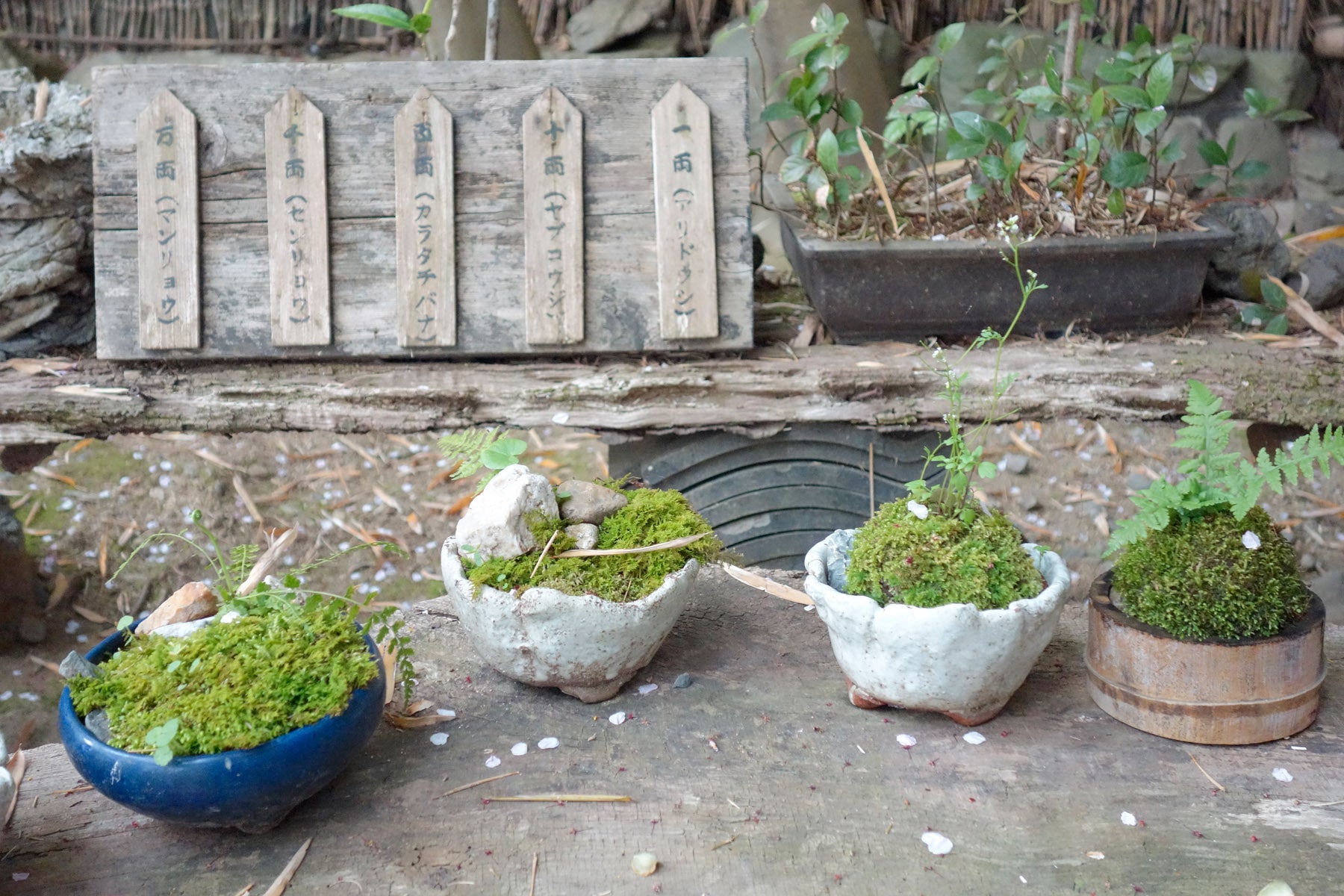To book an upcoming textile tour to Japan with Okan Arts +click here
By Patricia Belyea
ARASHIYAMA JP Number Five and counting. That's how many times I’ve visited the Arashiyama district on the outskirts of Kyoto. The biggest challenge of the day was deciding what to do with so many impressive sites and compelling activities. With Victoria in tow, an Arashiyama neophyte, I resolved to show her my favorite places.
Tenryuji Temple
We started with sprawling Tenryuji, a Zen Temple and UNESCO World Heritage Site. The expansive temple gardens, full of seasonal colors and built around a central lake, invited us to wander on its network of walking paths. In the main building, I once again appreciated the bold painting of Dharma right inside the entry, the pristine tatami rooms, and the cloud dragon that extends the length of a huge hall.



Monkey Park
A first for me! The promise of catching a glimpse of Japanese snow monkeys propelled Victoria and I up an endless incline in 77º F temperature. Uneven stones, steep stairs, and cracked concrete didn’t daunt us from our mission. At the top, we were rewarded with a sweeping view of Kyoto and the peaks that surround the city. Better yet, we finally got to see the red-faced, red-butted monkeys up-close. (Please stay 3 meters away, says the sign.) Along with hordes of other monkey-seekers, Victoria and I headed into a cage-like building where we gave apple chunks to monkeys through a wire grid.


Katsura River
To continue on our adventures, Victoria and I retraced our steps down the mountain and across the serene Katsura River via the wooden Togetsukyo Bridge (meaning Moon Crossing Bridge). This view from the bridge shows the pleasure boats on the water. If you look closely, you can see a bride and groom on the promontory to the right.

Bamboo Forest
Once we made it through the crowded streets of souvenir stores, craft shops, ice cream stands, and little cafes (an Owl & Bengal Cat Cafe almost lured us in!), we turned westward toward the famed Bamboo Forest. The wide promenade, lined with bamboo groves on each side, bustled with tourists carrying cameras and rickshaw runners pulling couples in traditional kimono. The crowds did not detract from the experience of green light shimmering thought the tall trees and the wind whispering through the bamboo leaves overhead.

Rakushisha, The Poet's Cottage
With a little more walking, we found pure serenity at the home and garden of the 17th century haikai poet Mukai Kyorai. The name Rakushisha means fallen persimmon hut. The story goes that Kyorai had 40 persimmon trees. The night before he was going to harvest the persimmons, a great storm arose. Kyorai awoke to find all his persimmons on the ground. Instead of lamenting, Kyorai was enlightened by this moment of misfortune.

Gio-ji Temple
Further up and away from the main attractions, Victoria and I entered the moss garden of Gio-ji Temple. With the afternoon waning and no one else present, we were treated to a magical moment. Or perhaps it was Girl Power that touched us. Tiny Gio-ji was named after Gio, one of four women monks who abandoned aristocratic life in Kyoto and lived out her days in the humble temple.



Wandering around Arashiyama clocked in at 62 flights of stairs, 19,084 steps, and 8.5 miles on my iPhone health app. My legs were exhausted and I was sorely ready to soak in my hotel bathtub at the end of the day!
# # # # #
ABOUT US: Okan Arts, a petite family business, is co-owned by mother-daughter duo Patricia Belyea and Victoria Stone. Patricia and Victoria sell Japanese textiles online, host creative quilting experiences, and lead quilting & textile tours to Japan.
FOLLOW OKAN ARTS ON INSTAGRAM @okanarts









